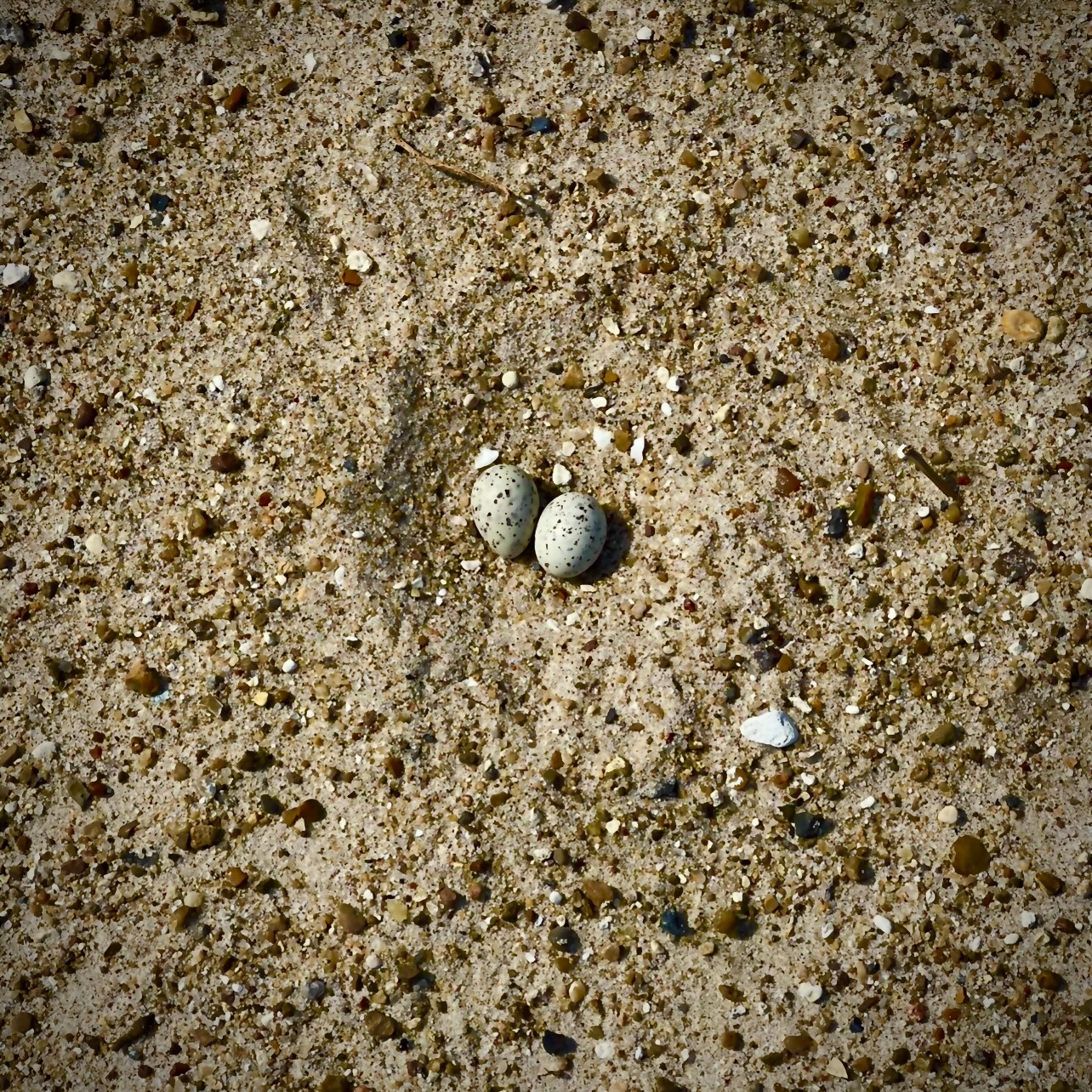Research and Creativity Image Contest
Highlight Your Creative Side
The Research and Creativity Image Contest is an excellent opportunity to showcase your creativity and research. Read the guidelines below for more information.
Research and Creativity Image Contest Guidelines
Enter to win scholarship money!
The Division of Research and Innovation (R&I) holds the Research and Creativity Image Contest annually leading into Research and Innovation Month. This competition offers students or teams of students the opportunity to share images of their work along with a short description.
This contest is open to all students—whether you are conducting formal research, engaged in creative activities, or simply passionate about capturing innovative ideas through imagery. Hobbyists, photographers, and artists are encouraged to participate and showcase their unique perspectives.
Images may be modified to better highlight a feature of interest or for creative reasons. While we require submissions to be digital images, they can originate from a variety of sources, including photographs, AI generated images, or scans of original works. Please note that GIFs and videos are not accepted this year.
Some examples of possible submissions (this list is not exhaustive):
- A photograph or scan of artwork, such as a 3’ x 4’ painting
- Images from a microscope or telescope
- A collage of historical events related to a literary text
- Visualizations of data or concepts
- Photographs of animals, people, objects, or anything connected to knowledge production
- Charts and graphs presenting research findings
- Maps illustrating geographic or conceptual information













